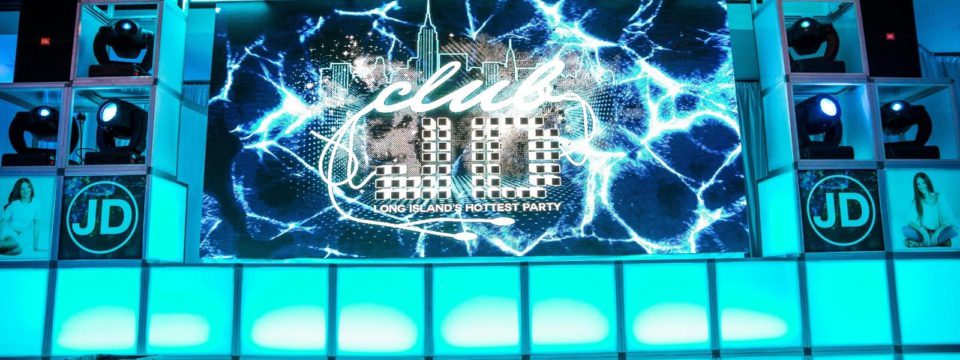Exploring the Diverse Connectivity Options Offered for LED Wall Modules
Exploring the Diverse Connectivity Options Offered for LED Wall Modules
Blog Article
LED display panels have gained popularity for their capacity to deliver crisp imagery in multiple settings, from corporate environments to event venues. One of the most significant aspects of these panels is their interface capabilities, which allow users to connect them to multiple devices and systems. Comprehending the diverse connectivity options supported for Light Emitting Diode wall panels is essential for maximizing their use and effectiveness. This discussion explores these options, highlighting how they can adapt to specific needs and preferences.
One frequent interface method for Light Emitting Diode wall panels is HDMI. High-Definition Multimedia Interface is widely recognized for delivering crisp video and audio signals between devices. This connection type is especially useful in commercial environments, such as meeting spaces or classrooms, where visual content or video content are often displayed. By using HDMI cables, users can seamlessly link laptops, projectors, and streaming equipment to Light Emitting Diode wall panels, ensuring a clear and dynamic presentation of information.
Another popular interface option is Display Port, which is similar to HDMI but offers enhanced advantages. DisplayPort can support elevated refresh rates and display outputs, making it an ideal choice for interactive media or design-heavy applications. For those deploying LED wall panels in environments where output quality is essential, such as esports arenas or design studios, DisplayPort can provide the required visual clarity. Additionally, many contemporary computers and graphics cards feature DisplayPort connections, making it a practical solution for tech-savvy users.
In addition to High-Definition Multimedia Interface and Display Port, wireless transmission options are becoming progressively common in Light Emitting Diode wall panel technology. Wireless connections allow operators to share content without the need for physical cables, promoting a streamlined and more flexible setup. Technologies such as wireless internet and short-range communication allow users to link smartphones, tablets, and laptops directly to LED wall panels without cumbersome wires. This versatility is particularly advantageous in fast-paced settings like exhibitions or events, where quick changes to displays are often needed.
For extensive installations or more complex configurations, LAN integration through wired networking is another reliable option. Ethernet connections provide a stable and reliable way visit the website to integrate multiple LED wall panels within a network. This setup is ideal for digital signage use cases found in retail centers or airports, where numerous panels may need to display coordinated content across a broad area. By using network cabling and network switches, operators can guarantee that all linked panels receive consistent updates and content seamlessly.
Lastly, it's crucial to evaluate the evolution of interface technology with advancements such as Universal Serial Bus-C and Thunderbolt 3. These next-generation connection types offer increased data transfer rates and versatility by allowing one connector to handle both power delivery and data transmission. As more devices adopt these standards, browse around this site LED wall panels equipped with USB-C ports will likely become more common. This evolution in connectivity not only enhances the capabilities of Luminescent Diode wall panels but also coincides with the emerging trend of minimalistic design in hardware arrangements by minimizing the number of wires required.
In conclusion, examining the broad connectivity options available for LED wall panels reveals many possibilities for users across various fields. From conventional approaches like High-Definition Multimedia Interface and Display Port to modern wireless solutions and network connections, each option serves unique functions suited to specific needs. Furthermore, next-gen technologies like Universal Serial Bus-C promise further developments in how professionals utilize Luminescent Diode wall panels. By grasping these integration choices, individuals can make informed decisions that optimize their overall experience with these multifunctional visual solutions.